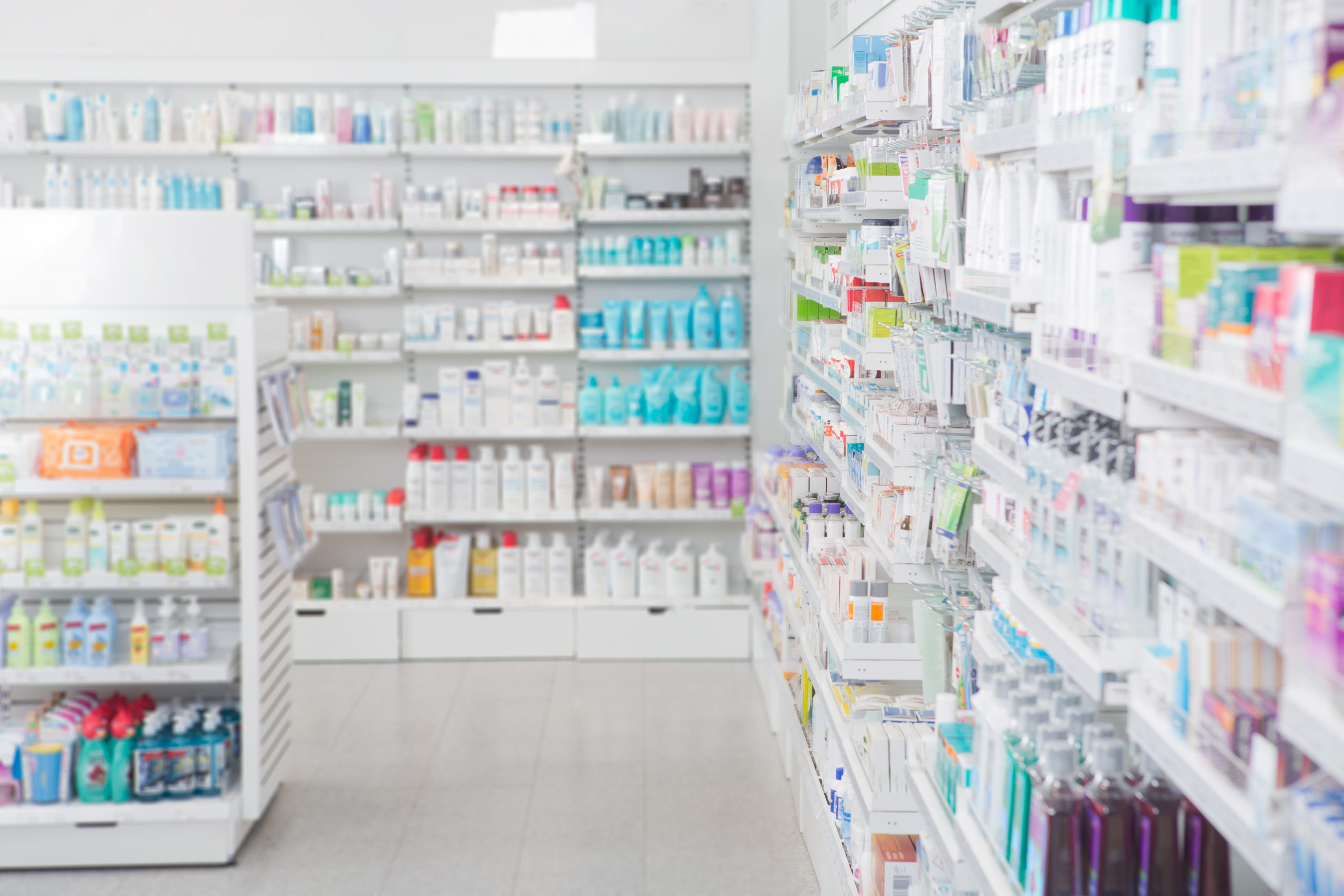Did you know that the average American spends about $1,200 each year on prescription drugs? Prescription drug prices in the United States rank among the highest across the globe. And with drug prices on the rise, 1 in 4 Americans are paying more today than they were a year ago.
Start Saving Today
It’s no surprise that drug prices vary, so it can pay to shop around. Cutting costs on prescription drugs is easier than you may think. Consider the following 10 ways to help lower your bills for pills:
- Go generic. This is the first place to start. If a generic isn’t available, ask your doctor or pharmacist if there’s a similar drug with a generic version. Many pharmacies in grocery stores and big-box retailers offer $4 generics.
- Compare prices. Instead of running a prescription through insurance, use an app to compare and find the least expensive option. It’s as easy as typing in the drug name, dose, quantity and your zip code. Don’t be afraid to pick up the phone and call stores and pharmacies as well.
- Order a 90-day supply. Once you know a prescription works well for you, ask if there’s a way to get a 90-day supply instead of a 30-day supply. Often times that’ll unlock instant savings. Additionally, look into potential savings through a mail-order program.
- Sign up for a reward program. Major drugstores and chain stores offer some type of rewards program. It’s free to sign up, and you’ll receive coupons and accumulate points when you fill prescriptions or use other pharmacy services.
- Use a preferred pharmacy. According to AARP, over a third of employers have pre-negotiated lower costs through preferred pharmacies for employee health benefit plans. Find a pharmacy in your network so you can secure a lower copayment and save on costs.
- Call your insurance company. Every drug plan has a formulary—a list of drugs covered. Instead of scouring that document, simply call your insurance company and ask if your prescribed drugs are covered. If they are not covered, ask if there’s an alternative available.
- Check for rebates. Browse manufacturer websites for coupons and rebates. Oftentimes, online deals are available, and you can use those at your pharmacy.
- Shop around. Surprisingly, small and independent pharmacies tend to be less expensive than large chain alternatives. It might be worth filling your prescription at the little pharmacy around the corner. Alternatively, pharmacies at wholesale giants have been reported to have consistently low prices. You can fill prescriptions there, whether or not you’re a member.
- Pay with cash. Pharmacists can tell you if you’ll save money by not using your insurance and paying with cash instead.
- Split pills. Tablet-splitting isn’t safe for all medications, so ask your doctor if your prescription is available in a higher dose that’s OK to split. Generally, capsules, coated pills and time-released drugs should not be split.
Other Considerations
It’s important to keep in mind that drug prices are always changing. There’s no guarantee that the lowest price you find today will be the lowest price next month. Saving money on medications is great, but don’t skip doses to make your pills go further. If you have prescription drug questions, start with talking to your pharmacist. Before paying, ask whether there’s a better price available. They may know of some additional cost-cutting tips and can provide guidance.



